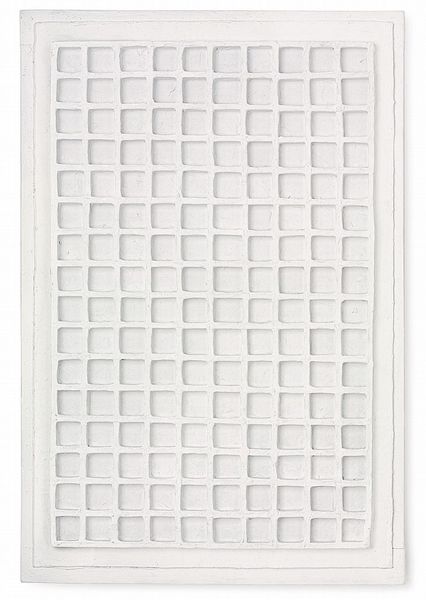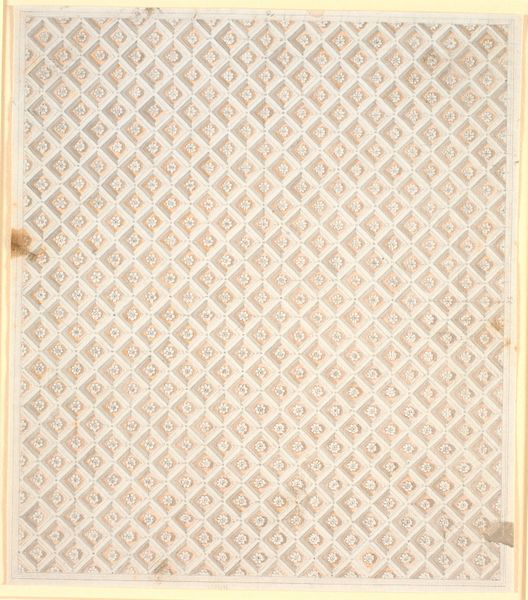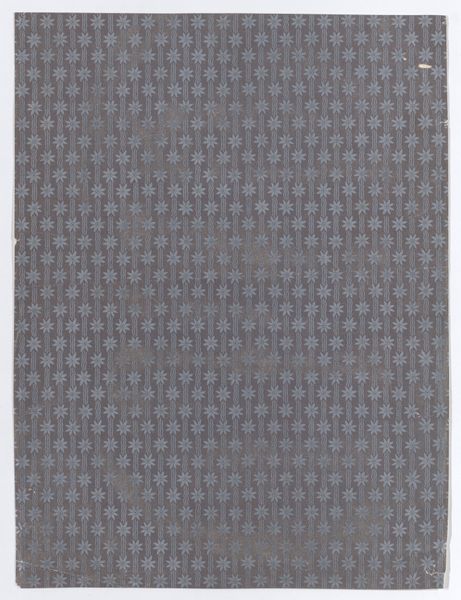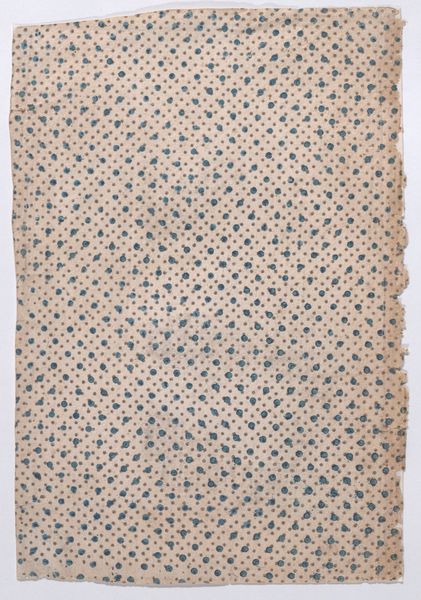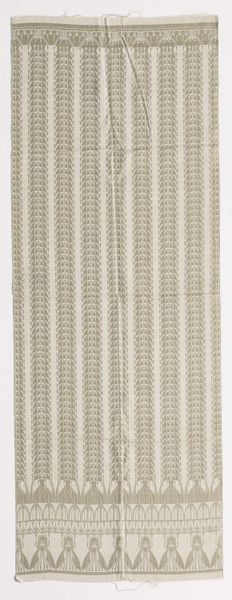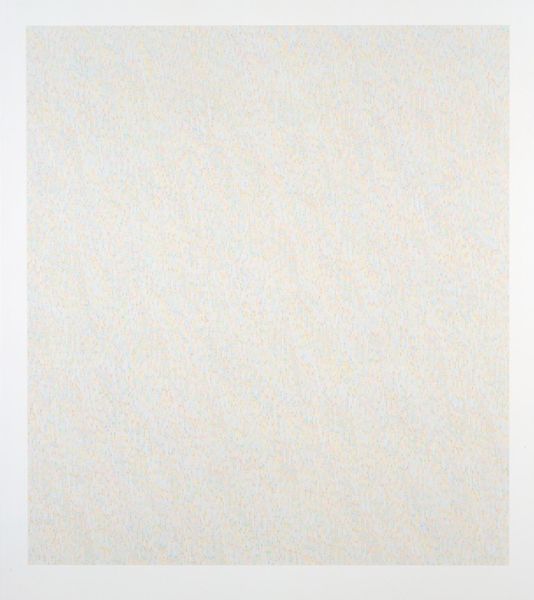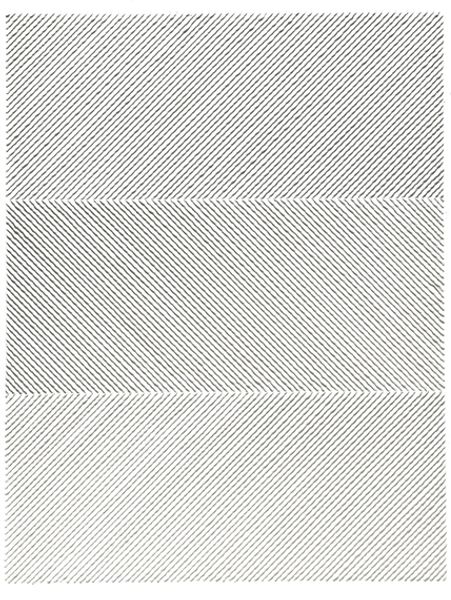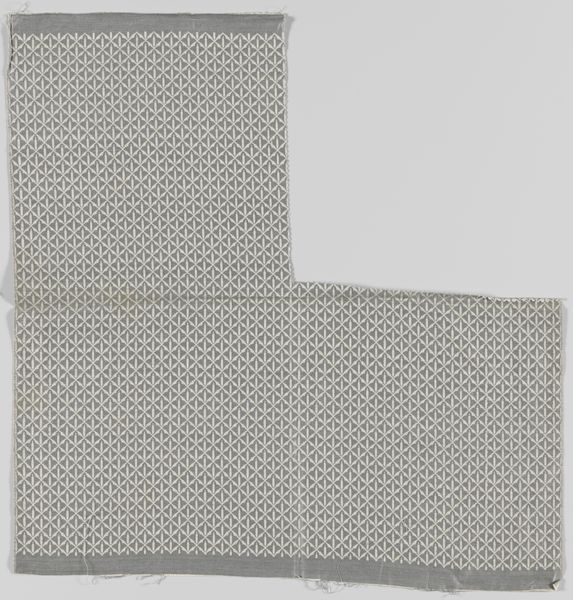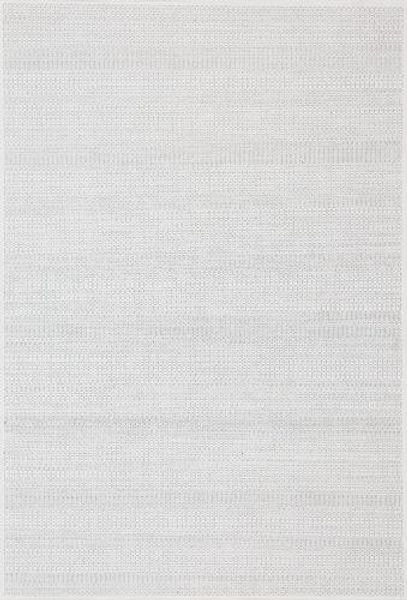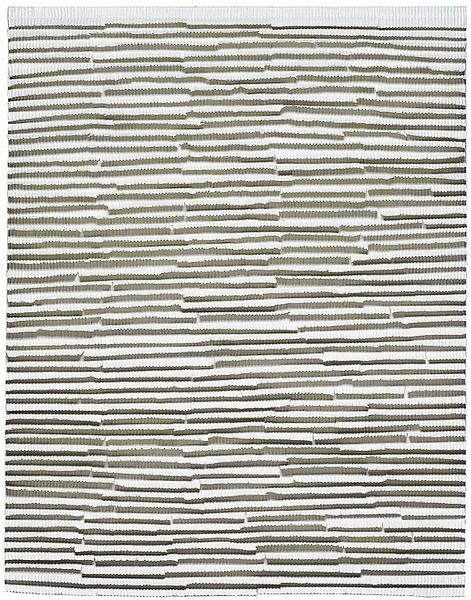
relief, sculpture
#
concrete-art
#
random pattern
#
non-objective-art
#
neo-dada
#
minimalism
#
pattern
#
relief
#
geometric pattern
#
abstract pattern
#
minimal pattern
#
geometric
#
art-informel
#
sculpture
#
geometric-abstraction
#
simple pattern
#
vertical pattern
#
line
#
regular pattern
#
pattern repetition
Copyright: Gerhard von Graevenitz,Fair Use
Curator: Before us is Gerhard von Graevenitz's "Regelmässig grosse konkave Punkte," created in 1959. Editor: It’s mesmerizing! All those concave points creating a subtly shifting surface, almost breathing. Is it a painting? Curator: It’s a relief. Knowing Graevenitz's background, it's important to consider his engagement with Concrete Art. He wasn’t just creating patterns. The repetitive nature engages the viewer, even challenges, our perception and traditional understanding of art. Editor: And the monochrome palette – it directs all our attention to the texture, the way light plays across each concavity. There’s a real focus on material and process. What informed such focus on uniformity and simple gesture in the making of art? Curator: The relief exists at an interesting juncture, both engaging with and reacting against Art Informel and movements like Neo-Dada. This aligns with postwar artists seeking to explore new languages to grapple with society in new terms, new systems of value. These are tangible marks upon material, simple enough to almost feel factory-produced. But someone meticulously crafted each point. Editor: Yes, it does bring up interesting tensions of value. By making it an even pattern, does the lack of center emphasize a kind of every-person focus in the observer? In a museum context, what power dynamics are activated here between a viewer's gaze and what we consider aesthetically worth displaying? Curator: Precisely. And it provokes discussion about how institutions curate and classify works, where it should be situated along a spectrum of craft or the fine arts. Does its reliance on repeated geometry diminish or heighten its importance within post-war European art? Editor: Looking at it now, I appreciate the social commentary simmering beneath that seemingly placid surface. The regularity isn't just about aesthetics; it's a statement about control and order. Curator: Absolutely. Graevenitz makes us rethink value. Editor: Well, it's certainly given me a lot to think about! Curator: As it has for me. A very concise investigation of its time, I think.
Comments
No comments
Be the first to comment and join the conversation on the ultimate creative platform.
